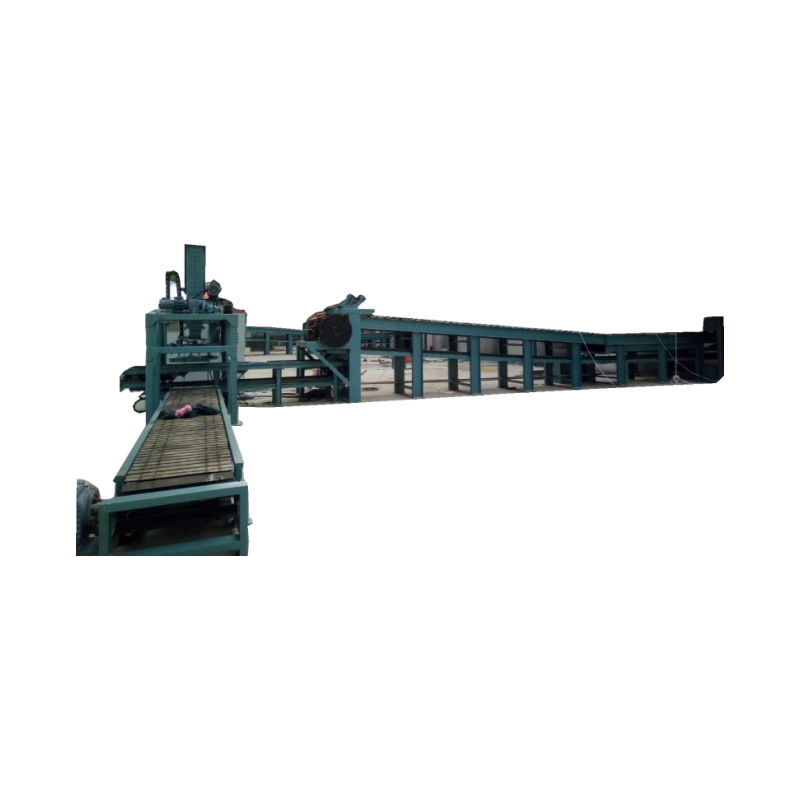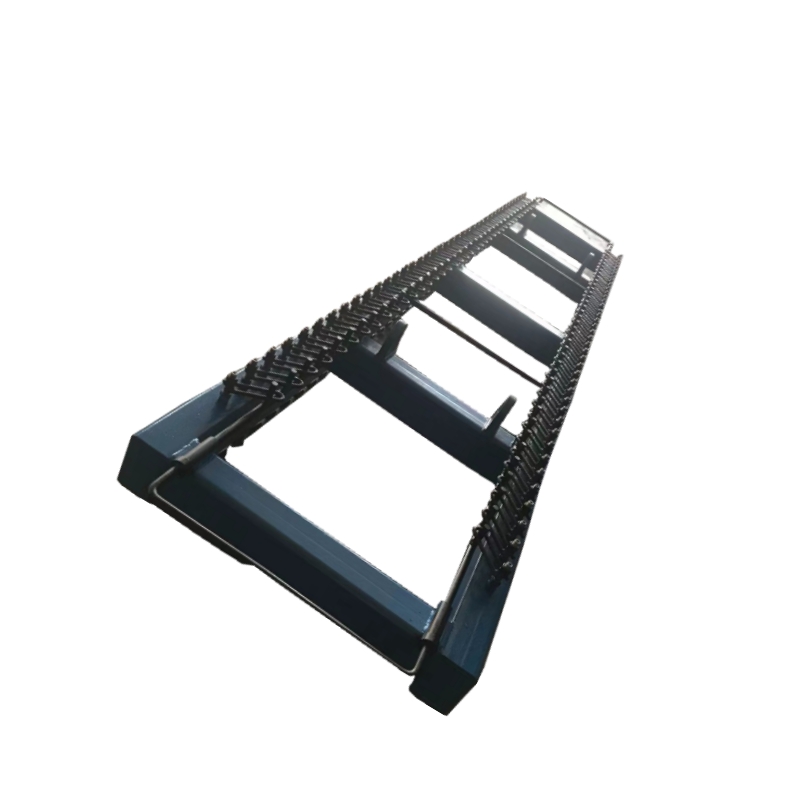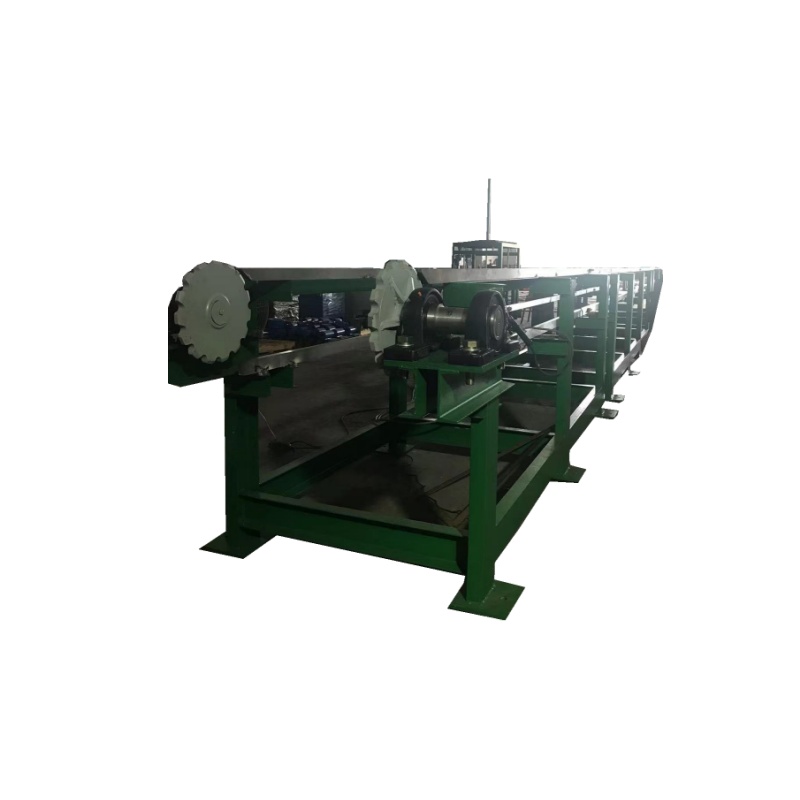<p>central dust collector system dust collector for rotary furnace of scrap lead battery smelting recycle system</p>
<p class="p" style="text-align: center;"><span style="mso-spacerun: 'yes'; font-family: Calibri; mso-fareast-font-family: 宋体; mso-bidi-font-family: 'Times New Roman'; font-size: 12.0000pt; mso-font-kerning: 0.0000pt;">Dust collection system</span></p>
<p class="p"><span style="mso-spacerun: 'yes'; font-family: Calibri; mso-fareast-font-family: 宋体; mso-bidi-font-family: 'Times New Roman'; font-size: 12.0000pt; mso-font-kerning: 0.0000pt;">The main structure of the high-efficiency pulse dust collector consists of several parts, including the upper box body, the middle box body, the ash hopper, the ash unloading system, the spraying system, and the control system. And equipped with basic pillars, ladders, railings, and access doors. Adopting a lower intake structure, the dust containing flue gas enters the ash hopper through the lower part of the middle box through the air inlet. Some larger dust particles directly fall into the ash hopper due to inertial collision, natural sedimentation, and other effects. Other dust particles are filtered by the filter bag as the air flow rises, and are blocked and left on the outside of the filter bag. The purified gas enters the upper box from the inside of the filter bag, and is then discharged into the atmosphere through the air duct and fan through the air outlet. The dust in the ash hopper is regularly or continuously discharged by the unloader.</span></p>
<p class="p"><span style="mso-spacerun: 'yes'; font-family: Calibri; mso-fareast-font-family: 宋体; mso-bidi-font-family: 'Times New Roman'; font-size: 12.0000pt; mso-font-kerning: 0.0000pt;">As the filtration process continues, the dust accumulated on the outside of the filter bag continues to increase, resulting in an increase in the resistance of the bag room dust collector itself. When the resistance reaches the predetermined value (which can be determined during equipment debugging), the ash cleaning controller sends a signal, and then opens the electromagnetic pulse valve to inject 0.4-0.5Mpa compressed air into the box in a very short time.</span></p>
<p class="p"><span style="mso-spacerun: 'yes'; font-family: Calibri; mso-fareast-font-family: 宋体; mso-bidi-font-family: 'Times New Roman'; font-size: 12.0000pt; mso-font-kerning: 0.0000pt;">Compressed air is sequentially sprayed into the filter bag by the air source through the air bag, pulse valve, nozzle on the blowing pipe, and for an extremely short time (0.1-0.2S). Compressed air expands at high speed inside the box, causing high-frequency vibration and deformation of the filter bag. In addition, the effect of reverse airflow causes the dust on the outside of the filter bag to fall off.</span></p>
<p class="p"><span style="mso-spacerun: 'yes'; font-family: Calibri; mso-fareast-font-family: 宋体; mso-bidi-font-family: 'Times New Roman'; font-size: 12.0000pt; mso-font-kerning: 0.0000pt;">After ensuring that the dust falls off, open the next electromagnetic pulse valve for such a cycle. During ash cleaning, each solenoid valve is operated in a pre-set sequence without interfering with each other, achieving long-term continuous operation. For industries and mines with uncertain dust content, dust collectors can be used to achieve dust removal through resistance.</span></p>
 English
English  Español
Español  Português
Português  русский
русский  français
français  日本語
日本語  Deutsch
Deutsch  Tiếng Việt
Tiếng Việt  Italiano
Italiano  Nederlands
Nederlands  ไทย
ไทย  Polski
Polski  한국어
한국어  Svenska
Svenska  Malay
Malay  বাংলা
বাংলা  हिन्दी
हिन्दी  Pilipino
Pilipino  Türk
Türk  عربى
عربى  Indonesia
Indonesia  norsk
norsk  čeština
čeština  Українська
Українська  Javanese
Javanese  فارسی
فارسی  తెలుగు
తెలుగు  Burmese
Burmese  български
български  Latine
Latine  Azərbaycan
Azərbaycan  Српски
Српски  Esperanto
Esperanto  Afrikaans
Afrikaans  Català
Català  Cymraeg
Cymraeg  Беларус
Беларус  Hrvatski
Hrvatski  Kreyòl ayisyen
Kreyòl ayisyen  Shqiptar
Shqiptar  Bosanski
Bosanski  Кыргыз тили
Кыргыз тили  ಕನ್ನಡ
ಕನ್ನಡ  IsiXhosa
IsiXhosa  Chichewa
Chichewa  Somali
Somali  O'zbek
O'zbek  հայերեն
հայերեն  Sundanese
Sundanese  Malagasy
Malagasy 













